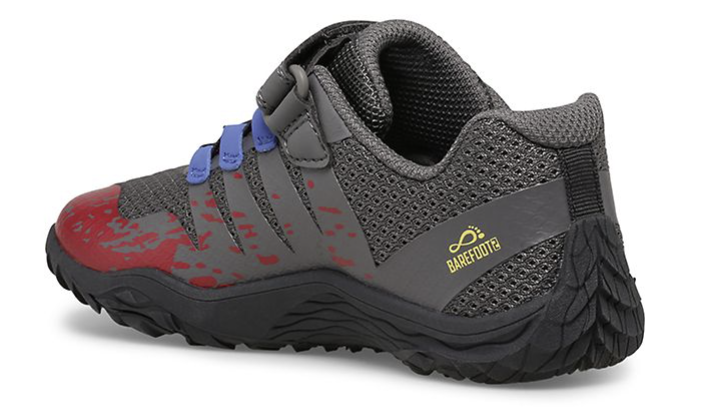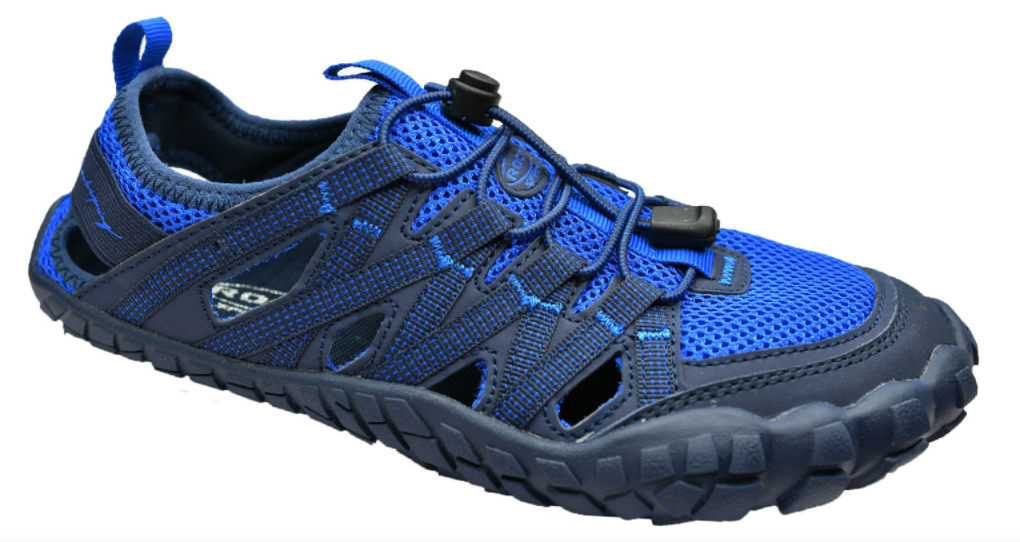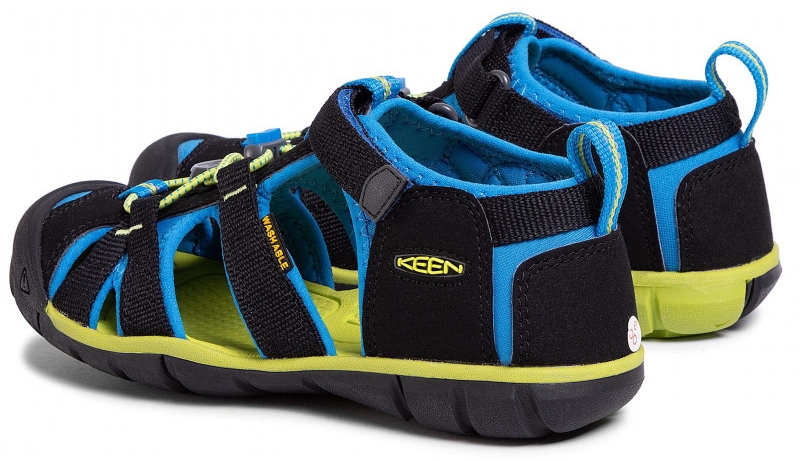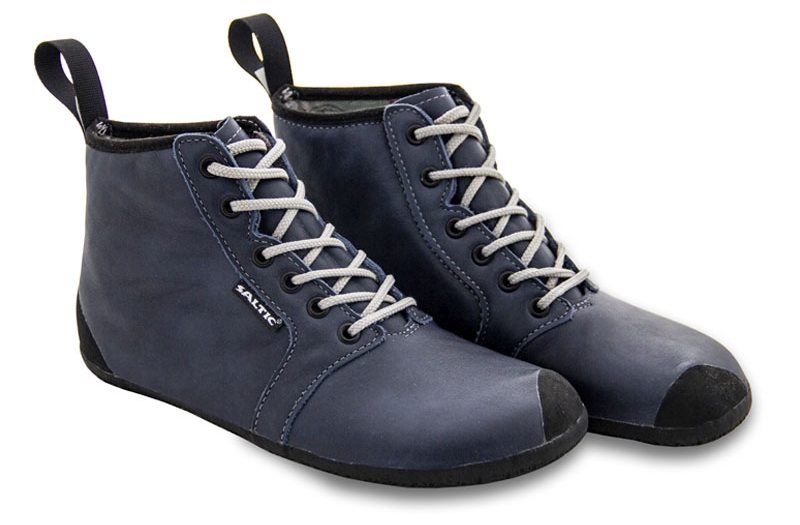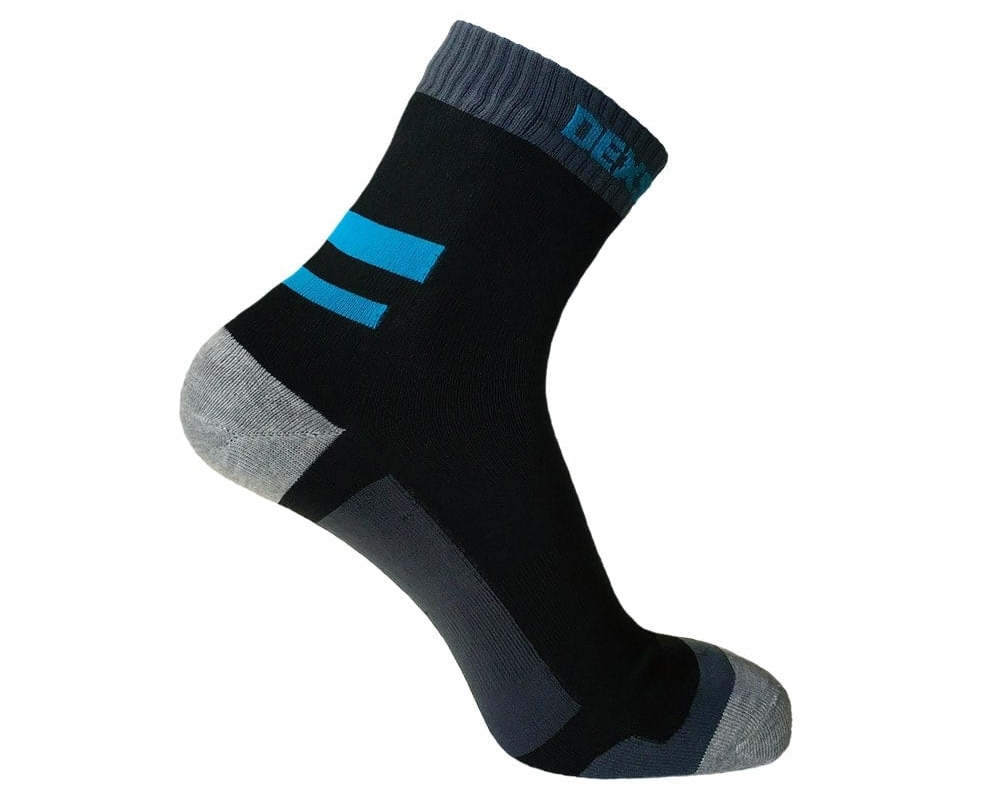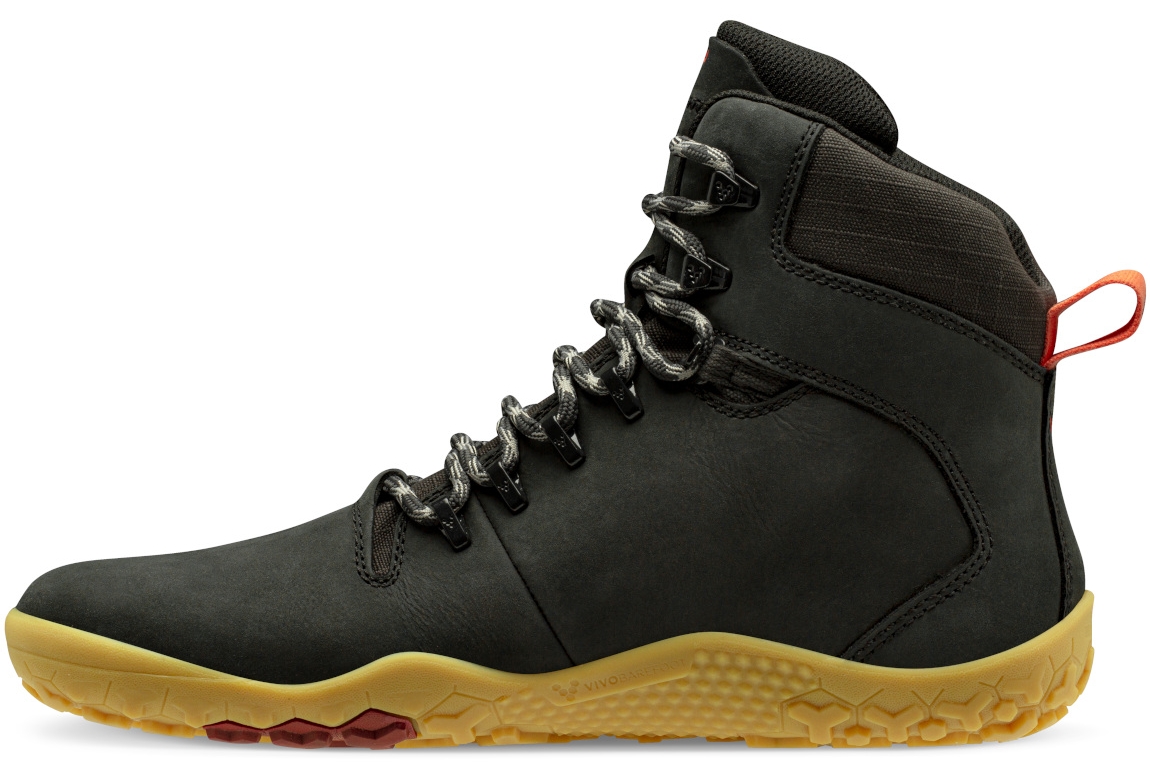Are you planning a long trip or a few days of hiking in the mountains? You probably automatically assume you'll be wearing hiking boots, but we’ll try to suggest a few reasons why you might want to consider barefoot shoes as your shoes of choice.
Unless you are a die-hard mountaineer who climbs the snow-covered peaks of eight-thousanders. In this case, crampons, pickaxes, and oxygen bombs will serve you much better than barefoot boots. Mountaineers should stay true to their equipment, but for a casual hike on hiking trails, try wearing more suitable footwear instead of hiking boots.
Content of the article
- Do hiking shoes protect my feet from pain?
- Are hiking shoes comfortable?
- The hiking shoes don’t slip?
- Do hiking shoes last longer?
- Is it warm and dry in hiking shoes?
- Should I wear hiking or barefoot boots?
Do hiking shoes protect my feet from pain?
And what kind of pain do you mean? Sharp stones? Wearing shoes with the thickest and hardest soles is like wearing plate armor to paintball battle - overprotection that limits your movement, possibly even causing strain and pain. In what way?
Let's say you step on a sharp pointy rock. What does a foot trapped in a pair of sturdy shoes do? The heavy shoe slides sideways off the thin edge of the stone, and all the weight suddenly shifts to the ankle or knee. If you end up spraining your ankle, you’re guaranteed to be in pain for at least a few days.
If you try the same in a lightweight and flexible barefoot shoe, the soft sole will flex over the stone edge, and the skin of your foot will do the same, naturally adapting to the surface it’s walking on. Yes, you’ll feel the edge of the stone in the thin sole, but it’s not a pain that doesn’t immediately go away after a few steps. On the contrary, foot stimulation is essentially a pleasant massage.
Are hiking shoes comfortable?
Do they make your feet feel comfortable? Let’s compare the impressions in the evening by the campfire, who has less sore feet and fewer calluses from a day of hiking. Because there’s a second type of pain we haven’t mentioned before, and that’s the pain of cramped feet that were in shoes for long hours.
It’s like having your leg in a cast, and when you take it off, the foot will be fully flaccid because it is not actively working, but also all wrinkled from the tight space. It is because most hiking boots do not allow enough toe room and the correct way of unwinding the foot when stepping, which leads to adopting a harmful walking style and earning yourself health problems.
Everyone who indulges in the previously unrecognized freedom of barefoot shoes will tell you what true comfort is. Once you are freed from narrow conventional shoes, you realize what a tiny prison you’ve been in all your life and that you never intend to go back.
Another seemingly small but significant improvement in walking comfort is the weight of the shoes. Try weighing your arms down with half-pound weights for a day. You may not even notice it at first, but by the evening, even the slightest movement will be hell. By the end of the hike, when you’re dragging your feet in heavy hiking boots, you’ll be envious of your friend in barefoot shoes as he bounces around lightly. They’ll also pack better in his suitcase than your bulky outdoor boots, not to mention when he pulls his rolled-up sock shoes out of his pocket in the evening by the fire.
The hiking shoes don’t slip?
We wish. The chunky pattern on the sole prevents this, but it’s also not a universal cure. It always depends on the particular type of surface and its slope. However, we cannot consider barefoot shoes to be a slippery disaster.
Yes, those with thin and unpatterned soles won’t offer much resistance to the surface, but outdoor barefoot shoes often have an indented pattern with anti-slip properties as traditional hiking shoes. In addition, in a case of a slip, the foot in barefoot shoes can also react and balance better.
Do hiking shoes last longer?
It depends on how you use them. If you walk the Pacific Crest Trail, you can scuff up even the sturdiest shoes, especially if you have poor walking technique. The load you carry in your backpack or the conditions you expose your shoes play a role.
At this point, we recommend proper care for any shoes. Dry, clean, nourish, and protect. The advantage of barefoot shoes is usually the emphasis on slow fashion. The manufacturers use the highest quality materials. We’re talking about the latest inventions from the labs or the most durable natural leathers, which can extend the shoe lifespan many times more than you’d expect.
Is it warm and dry in hiking shoes?
The rain may not get into your shoe, but the heat is sometimes so intense that your feet start to sweat excessively and swelter in the stuffy heat. So you still end up feeling uncomfortable wearing the boots (not to mention the smell after taking them off).
As in the previous point, of course, it depends on the shoe material. It determines the level of breathability and the ability to repel water. From the point of view of barefoot footwear, the advantage is that the toes are actively working, thus getting blood flow and naturally warming up. A lightweight insole is usually enough to keep your feet warm.
In addition, special socks help keep your feet dry. Waterproof ones, for example, don’t let a drop through but still allows the foot to breathe. They are not only waterproof but also sand, mud, dust, and windproof, which makes them suitable for outdoor footwear.
Should I wear hiking or barefoot boots?
We are not afraid to say that barefoot footwear scores much better than traditional hiking boots in the required parameters. If we are as objective as possible, close both eyes, we still have to say that wearing barefoot shoes will not hurt you, perhaps quite the opposite.
And if you’re still not convinced, choose some "hiking boots" from our range. They look similar to the regular ones, but their features and properties will surely please children’s, women’s, and men’s feet.

